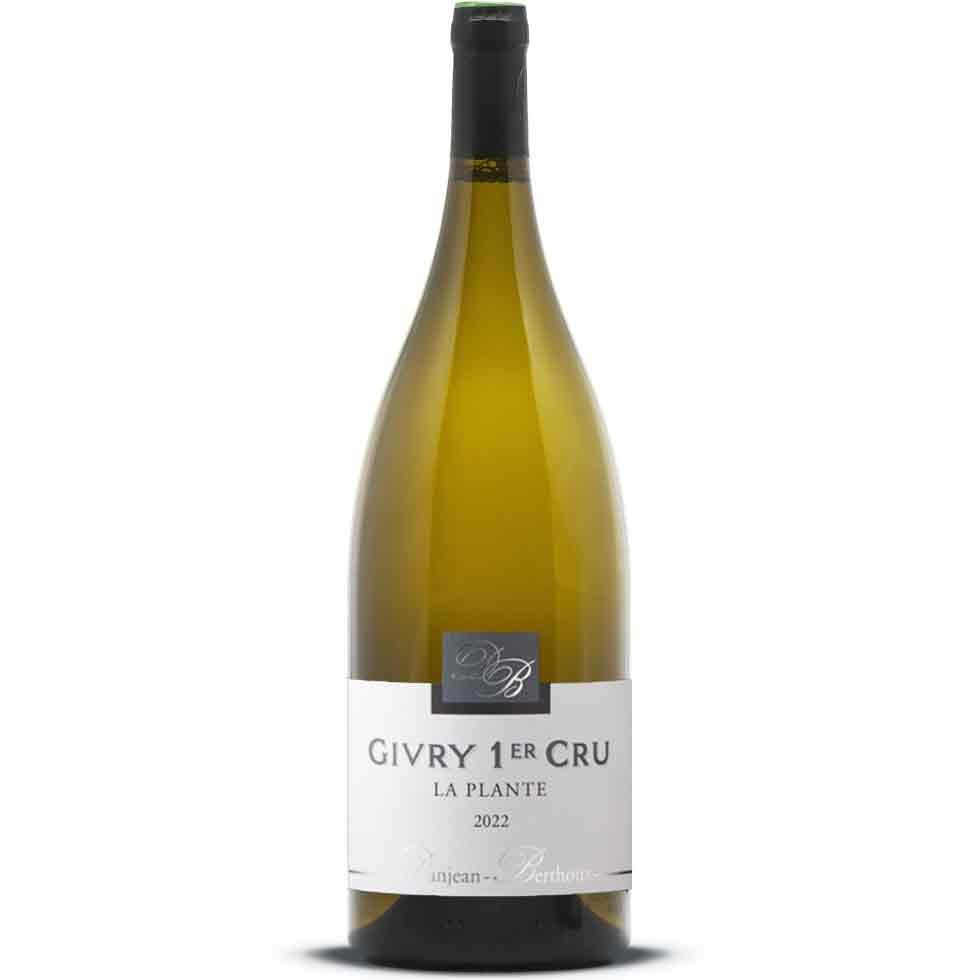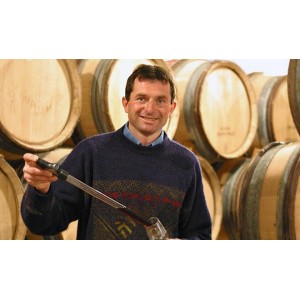appellation
Givry
Wine Characteristics
Givry is primarily a red wine made from Pinot Noir grapes. To the eye it presents a brilliant carmine or crimson colour set off by purplish highlights.
Its bouquet generally evokes violets, strawberries, and blackberries with variants which include liquorices, game, and sometimes spice (cloves). It is quite tannic in its early youth but after 3 to 5 years in the bottle it becomes suppler and fuller. It boasts a firm structure.
White Givry (Chardonnay) is a bright, limpid pale gold. It is redolent of aromas of honey or lemon with notes of lime and lily, then dried fruits (often toasted) come to the fore after the wine has aged some years. The mouth is delicate, with a balance between mellowness and acidity which guarantees its keeping qualities as well as giving it good length.
Wine Steward’s Tip
Red: its firm structure hides a delicate aromatic register which clearly makes it a fine match for pâtés, pies, and terrines, as well as cured ham and fine charcuterie. However, its distinction and solid construction are calculated to please meat-lovers. Fibrous joints, beefsteak, braised veal, stewed poultry, or a roasted fattened hen from La Bresse will respond to its dense tannins.
It is equally well-matched with soft-centred cheeses: Camembert, Brie de Meaux, Reblochon.
Serving temperature: around 15 °C.
White: fish in light sauces, freshwater pike cooked with butter and white meats bring out its finest qualities. As far as cheeses are concerned, try pressed-curd cheeses such as Saint-Nectaire and Cantal.
Serving temperature: 11 to 13 °C.
Situation
This Côte Chalonnaise wines was the favorite of the French King Henri IV (1553-1610). It is produced in the communes of Givry (with its hamlets Poncey, Cortiambles and Russilly), Dracy-le-Fort, and Jambles – a corner of Paradise for wine-growing, surrounding what has been a fortified location since the Middle Ages. Its AOC dates from 1946. As Philippe Sollers wrote in his autobiography “Being born into a culture of French wine is a deeply fortifying and sobering experience that becomes a part of you. As a child, one does not even need to read Rabelais - his words live and speak all around”.
Terroirs
Brown soils derived from the breakdown of Oxfordian Jurassic limestones and clayey-limestones. Most of the vines are planted facing East-South-East or due South at altitudes between 240 and 280 metres, or slightly higher in the case of the Climat named Les Bois Chevaux.
Source : https://www.bourgogne-wines.com




